An introduction to the science of bird migration in Canada
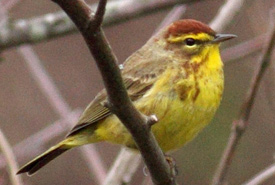
Palm warbler (Photo by Marshall Faintich)
Birds move. Actually, they do better than that: most birds fly. And the distances these tiny creatures can cover is jaw-dropping. On top of that, can you imagine the views from a bird's vantage point as it flies from South America to Canada?...
Canada's splendid sparrow crew
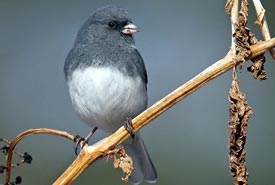
Dark-eyed junco (Photo by Bill Hubick)
Sparrows often don’t get enough credit. Many don’t have flashy plumage like jays, orioles or cardinals, or melodic songs like thrushes or meadowlarks; however, sparrow species are often fairly distinct (once you get to know them) and...
14 facts for World Wetlands Day
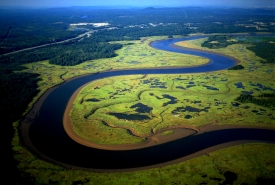
Musquash River, New Brunswick (Photo by Ron Garnett Airscapes)
The second of February each year marks World Wetlands Day, where everyone is encouraged to raise awareness and learn about the importance and value of wetlands! Be a wetland whiz this year with these 14 fun facts! A wetland, like its name...
How species survive winter: Hibernation
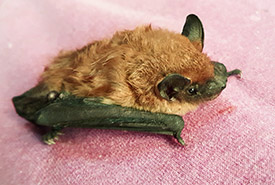
A big brown bat "hanging out." Often when found outside, big brown bats sit in this position on the side of a building, tree or (ideally not) on the ground. (Photo by Sarah Ludlow/NCC)
Previously, I discussed how small songbirds, and black-capped chickadees in particular, survive winter on the Canadian Prairies. Now I will discuss another strategy that animals use to survive the long, cold winter months: hibernation. Hibernation...
Twelve spooky facts about Canadian bats
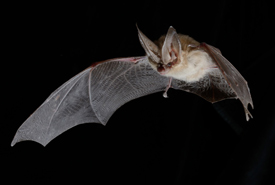
Townsend's big-eared bat (Photo by Brock Fenton)
There are 18 known bat species in Canada. Although they are subjected to a spooky stigma around Halloween, they’re nothing to be afraid of. Here are 12 things you didn’t know about these not-so-scary mammals: 1. The snooze...
What the knowledge of how trees communicate means for forest conservation
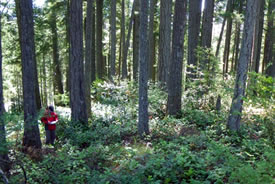
A shady Douglas-fir forest (Photo by Jenny McCune)
Japanese people are generally familiar with shinrin-yoku or forest bathing — the practice of being immersed in a forest. In Germany, the concept is referred to as Waldsehligkeit, a feeling of profound well-being that comes from being...
Nature therapy (part four): Homeschooling in nature
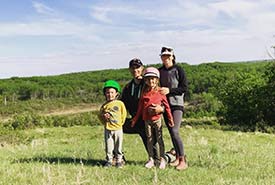
The Sandersons are a nature-loving family (Photo courtesy of Amy Sanderson)
As engagement manager, I have the great privilege of exploring Saskatchewan and meeting many new people along the way. Every Conservation Volunteer holds a special place in my heart, and getting to know them and learn from them is one the best...
Exploring the boreal forest with an interactive story map
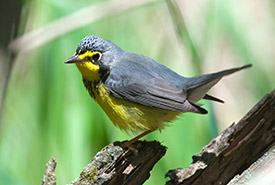
Canada warbler (Photo by Gerald Deboer)
Imagine taking a flight across Canada’s vast and breathtaking boreal region, which stretches across approximately 60 per cent of the country. Now take a step back from this picture of grandeur to focus on the littlest bird residents flitting...
Why recycling is important, how we’re making it better and what you can do
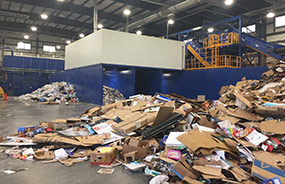
Facility where residential material is sorted and baled into products that are marketed (Photo by Tammy Schwass of the Material Recovery Facility, Lethbridge)
The Recycling Council of Alberta (RCA) works to promote, facilitate and advocate for a circular economy in Alberta through waste reduction and resource conservation. This post addresses economic, environmental and systemic myths about recycling...
How soundscapes can reflect healthy ecosystems
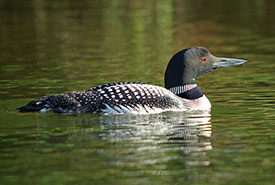
Common loon (Photo by Ano Lobb/Wikimedia Commons)
Almost everyone has been emotionally affected by the glorious vision of a landscape and its vivid colours at sunrise and sunset. We see nature in all its glory and take joy in the breathtaking panorama of oceans, forests, deserts and mountains. We...

